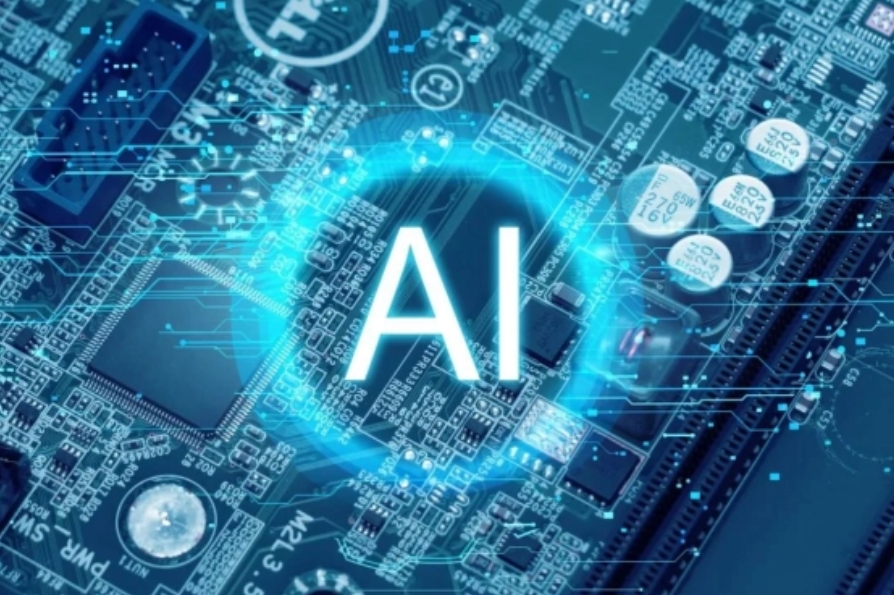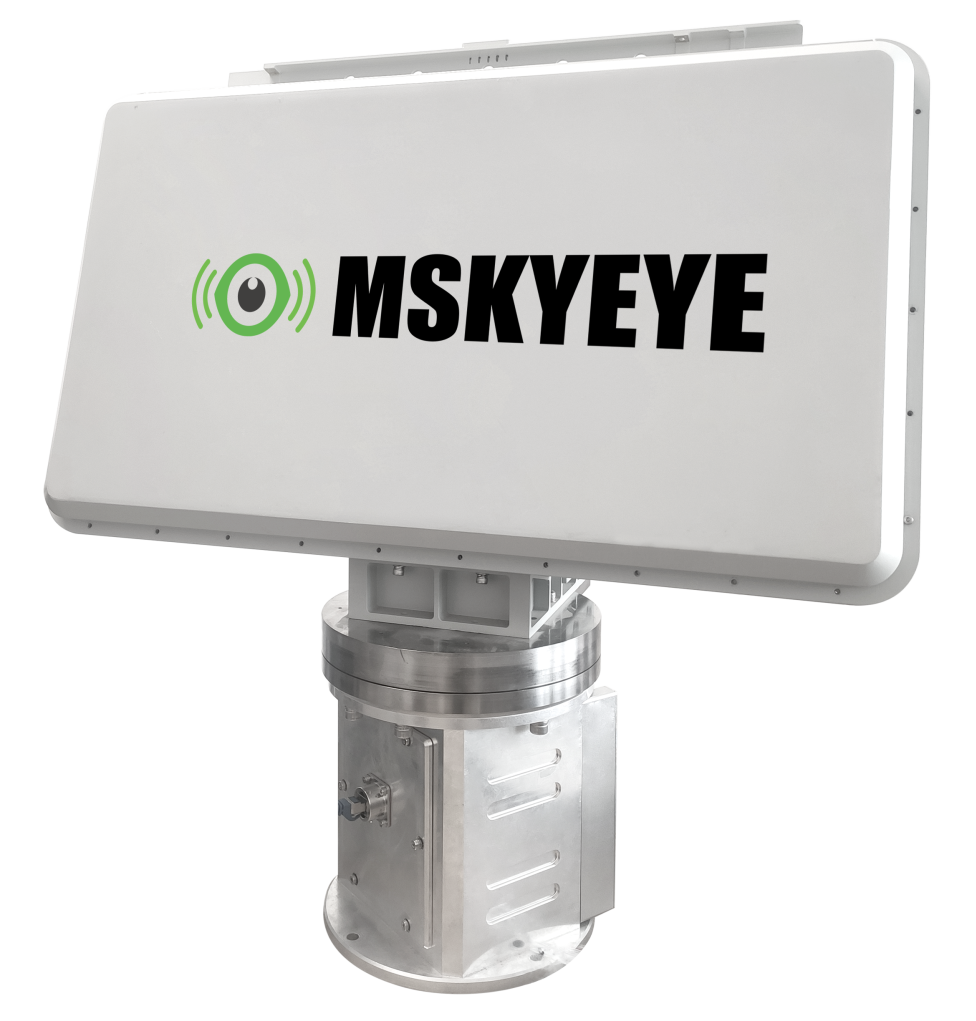Artificial intelligence technology has played a crucial role in the development of drones, and this role is equally significant in the field of anti-drone technology. With the development of drone technology, the aircraft has acquired characteristics such as tiny size, high-speed maneuverability, and possible stealth or low-altitude flight trajectories. These characteristics make traditional manual monitoring and control methods face major challenges. However, the application of artificial intelligence technology offers effective solutions to these challenges.

Why is artificial Intelligence important?
In the field of anti-drone technology, AI is important for three core reasons:
High-speed data processing and real-time decision making The rapid movement of UAVs and their ability to perform complex missions in a short period of time requires that anti-UAV systems be able to follow and respond in real time. The AI system is able to quickly process the huge data stream from radars, cameras and other sensors and make immediate response decisions, such as automatically tracking, identifying the type of drone and its potential threats, and implementing appropriate defensive measures. This capability is beyond the reach of traditional means.
Pattern Recognition and Anomaly detection AI excels in pattern recognition and abnormal behavior detection. With deep learning, the system can learn the drone's flight patterns from past data and be able to identify unusual, unusual, or threatening behavior. This is critical in identifying hostile or illegal drone behavior, especially when they seek to mimic normal commercial drone operations or take covert actions.
The constant evolution of drone technology and uses means that traditional counter-drone approaches may soon become obsolete. Ai can adapt to this change by constantly learning new drone characteristics, tactics, and jamming techniques, not only updating its models based on new threat data, but also predicting and countering potential future drone trends.
Together, these three reasons embody AI's critical role in dealing with high-speed moving targets, complex data environments, and an ever-changing threat landscape, making it indispensable in counter-drone technology. With the development of modern artificial intelligence, especially deep learning and reinforcement learning, the capabilities of anti-drone technology have been greatly improved.
Application of intelligent algorithm in anti-UAV technology
Existing AI technologies are mainly used to process and analyze data collected by various sensors (such as radar, infrared, visible light, etc.). Studies have shown that drones cannot usually be effectively detected using any one sensor alone, and an efficient drone detection system usually relies on the combination of multiple sensors. In order to improve the accuracy and efficiency of detection, it is very important to achieve multi-sensor data fusion. Artificial intelligence algorithms play a key role here, especially in extracting useful information from large amounts of noisy data and in identifying potential drone threats. Table 1 details the information collected by the different sensors mentioned in the existing studies, as well as the corresponding AI algorithms.
Radar detection data processing
Radar technology plays an important role in monitoring and warning targets at sea and on land, and its importance is particularly significant in the field of UAV detection. The basic principle of radar detection is to transmit electromagnetic waves and receive reflected signals, so as to obtain multi-dimensional information such as the position, speed and shape of the target. In radar data processing, key tasks include detecting low-altitude, slow-moving, small-size targets (i.e., "low-slow-small" targets) and effectively distinguishing between sources of interference such as drones and birds. In order to improve the accuracy of target detection, the development of algorithms is very important. From traditional algorithms to the application of modern neural networks and deep learning, this advance has greatly improved the performance of radar detection.

On the basis of traditional algorithms, researchers have achieved significant performance improvement through innovative methods. For example, the literature proposes an approach based on sparse dictionary learning to extract valid information from sea clutter to identify drones. In the literature, Doppler spectrum is used as image processing, and neural networks LeNet and GoogleNet are used to distinguish targets and clutter. The results show that LeNet is more efficient at processing echoes, while GoogleNet is better at detecting probability and false alarm rate. The spectrogram is generated by short time Fourier transform (STFT) and dimensionality is reduced by principal component analysis (PCA). These studies classified 66 types of drones by K-nearest neighbor (KNN), random forest (RF), naive Bayes (NB), and support vector machine (SVM). The results show that random forest is the best in classification accuracy, followed by naive Bayes, while SVM and KNN have relatively low accuracy. In literature [19], researchers used STFT to convert spectrum into images, and then used deep convolutional neural network (DCNN) to classify drones. In literature [20], DCNN is directly applied to the original micro-Doppler spectrogram, and the proposed DCNN model can automatically learn features without any domain expertise.
Infrared and visible light detection data processing
Infrared and visible light detection are two key technologies in UAV monitoring. Infrared detection captures the infrared band image emitted by the drone, while visible light detection obtains the image of the drone in the visible band. Both methods apply a wide range of image processing techniques, such as noise reduction and background suppression, to ensure effective detection and identification of drones. In recent years, techniques based on deep learning have become a mainstream trend in processing infrared and visible images. These methods typically begin by using traditional image processing techniques to identify potential target regions, followed by more precise object detection and feature extraction through deep learning.
Since visible light detection can not provide distance information and is greatly affected by light conditions, many studies are devoted to combining infrared images with visible light images, and radar data with visible light sensor information to improve the accuracy of UAV detection. Although the research of infrared detection technology based on deep learning is still in the initial stage in the field of anti-UAV, it has gained some inspiration from other target detection fields and is expected to be effectively transformed and applied to UAV detection.
Sound detection data processing
Audio detection technology plays a complementary role in drone monitoring by capturing the unique sound signatures produced by the movement of the drone. Major challenges with this technology include interference from ambient noise, detection range limitations, and the lack of a public drone sound dataset. Nevertheless, audio detection is still seen as an effective complement to radar and visible light detection, especially in cases where there is a need to distinguish drones from other aircraft. Although audio detection technology faces many challenges in UAV monitoring, effective detection and recognition of UAV sounds can still be achieved through appropriate feature extraction and advanced machine learning algorithms. With the advancement of technology, audio detection technology is expected to be more widely used in the future and further improve the overall performance of UAV monitoring systems.
Wireless probe data processing
Wireless detection technology is an important means to identify and locate UAVs. It monitors the radio signals generated by UAVs in the communication process, extracts the spectrum characteristics of these signals, and builds the UAVs feature database for detection and location of UAVs. The main methods of wireless detection technology include arrival time method (TOA), arrival time difference (TDOA) and radio direction finding technology. In recent years, with the development of artificial intelligence technology, SVM, genetic algorithm, clustering algorithm and deep learning methods have been widely used in radio signal feature extraction and classification processing to achieve more accurate and efficient UAV detection and positioning.
Multi-sensor fusion data processing
Multi-sensor data fusion integrates information from different sensors such as radar, infrared, visible light cameras and acoustic monitoring. The fusion algorithm can optimize the feature extraction and decision logic in the data fusion process by learning the data representation of different sensors, and can identify and track targets under various environmental conditions, even in poor sight or bad weather conditions, and maintain high accuracy. Especially when one of the sensors is disturbed or fails, the fusion algorithm can reallocate resources to ensure that the overall performance of the system is not affected. Through this self-regulatory mechanism, anti-drone systems can remain highly flexible and robust in the face of increasingly complex drone threats.
In the future, with the progress of sensor technology and the continuous development of algorithms, multi-sensor fusion technology will play a more important role in the field of UAV detection and tracking, and provide new directions and ideas for the optimization and upgrade of the system.
Summary:
First of all, with the rapid progress of drone technology, the need for anti-drone technology has become particularly urgent. For all the conveniences drones have brought to society, their widespread use has also raised concerns about security and privacy. The research and development of anti-drone technology aims to deal with the various potential threats that drones may bring, such as invasion of privacy, violation of airspace and malicious attacks.
Second, communication technology plays a central role in anti-drone technology. By optimizing the communication system, improving the stability of data transmission and real-time response ability, the operational efficiency of anti-drone technology has been significantly improved. With the continuous advancement of communication technology, the performance and reliability of anti-UAV systems will also be further enhanced.
In addition, artificial intelligence plays a crucial role in UAV target recognition and autonomous decision-making. The application of deep learning and computer vision technology enables the system to accurately identify UAV targets and make intelligent responses in time, thus improving the autonomy and efficiency of the system.
In the future, the development of anti-drone technology will rely on autonomous learning, adversarial gaming and multi-agent association equally critical technologies to better adapt to the evolving drone threat. However, this area also faces many challenges, including the identification of stealth and low-speed small targets, the response of highly maneuverable drones, the emergence of intelligent drones and drone swarms, the handling of legal and ethical issues, cost and sustainability issues, and the importance of international cooperation. Overcoming these challenges requires interdisciplinary research and international cooperation.
In general, the development of anti-drone technology cannot be achieved without the support of communication technology and artificial intelligence, and it also needs to deal with future challenges. Only through continued innovation and cooperation can we better safeguard social safety, protect privacy and maintain law and order. This paper is expected to provide valuable reference for the research and practice in the field of anti-UAV technology, and promote the development and progress of this field.

